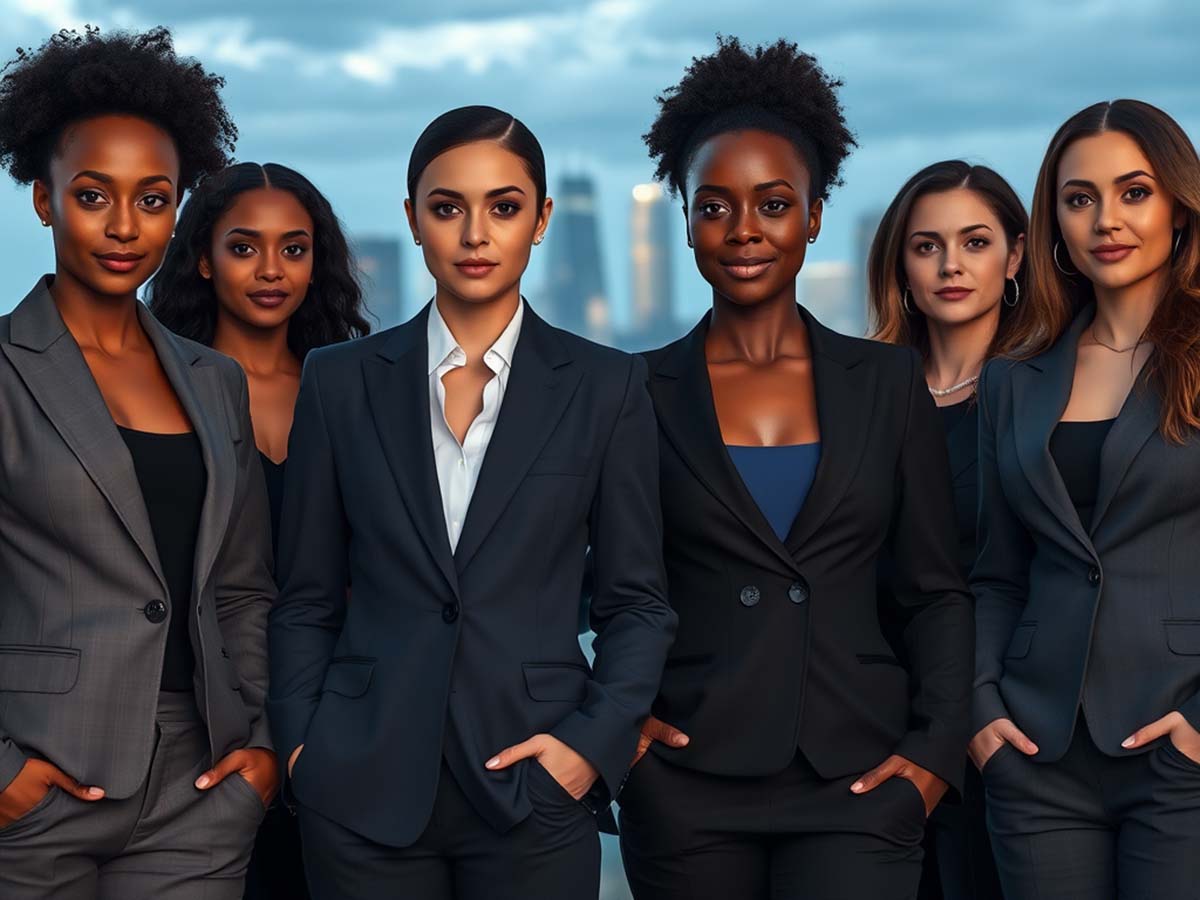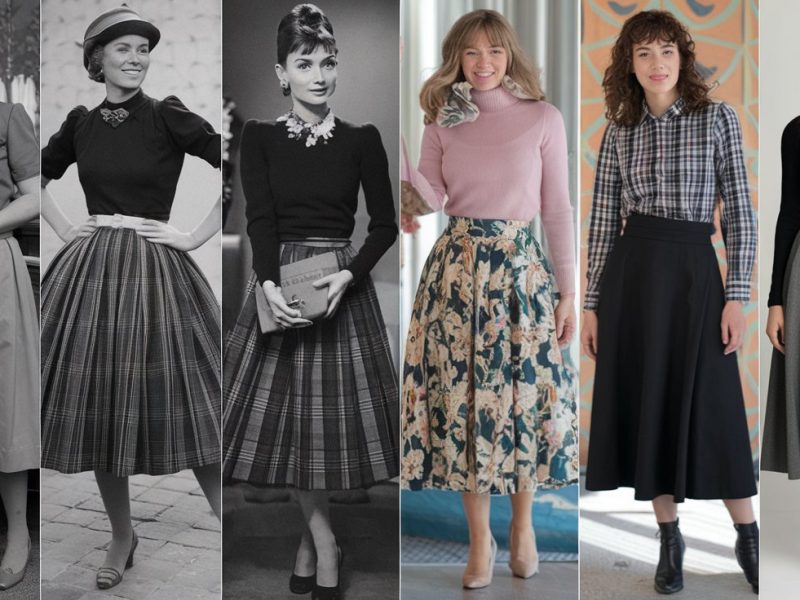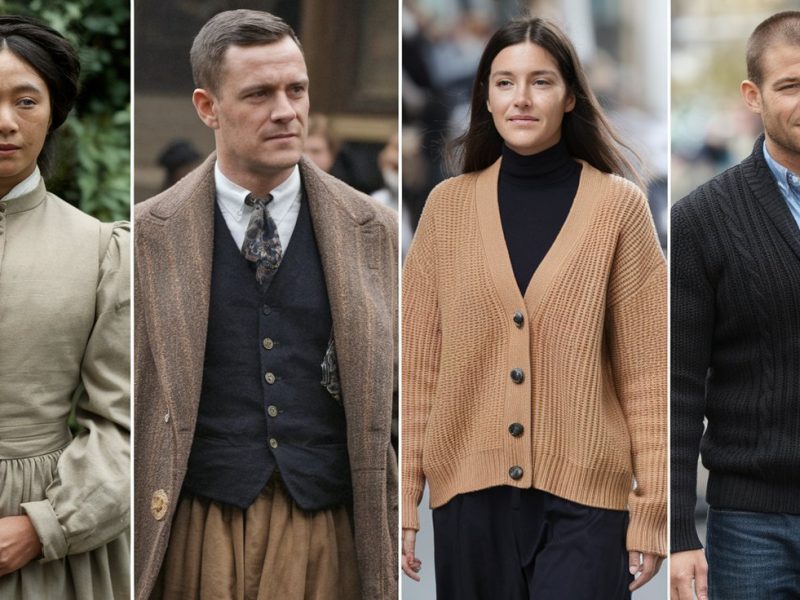How Women’s Suits Became a Symbol of Strength
Clothing isn’t just for fashion—it’s a language. For many women around the world, choosing a traditionally masculine outfit was once a bold decision. Among those, women’s suits now stand out as strong markers of confidence and resilience. This topic matters deeply to anyone concerned with how image can influence respect, especially in business, politics, and personal identity.
Wearing a suit goes beyond style. It tells a story of determination and a quiet but clear refusal to conform to outdated expectations. From office floors to national stages, women have made the suit their own, using each thread to speak volumes about who they are and what they’re capable of.
Quick Overview
– Women’s suits represent dignity and inner strength.
– This article breaks down how suits became embraced across different regions and industries.
– Includes real-world examples from entertainment, politics, and fashion showing the transformation of this garment.
The Early Rise of Suits for Women
In the early 20th century, public expectations limited women’s clothing choices. Dresses, skirts, and conservative styles were the norm. But in certain parts of Europe and America, some women began to push against those expectations. They chose clothing with sharper lines and more practical shapes—borrowing from traditionally male silhouettes.
A few women in France and beyond even approached male tailors to create custom suits. Although society wasn’t entirely ready, those first steps opened a door to a new way of thinking: that femininity didn’t have to fit one shape or style.
Hollywood’s Influence and Global Curiosity
Famous actresses played a huge part in normalizing suits for women. On screen and during public appearances, these figures proved that elegance had many forms. Their presence showed that grace didn’t have to come with a dress.
In Asia, despite more traditional norms, some female musicians and entertainers also leaned into this style. It created space for experimentation and gave women new ways to express their identity. This gentle shift opened the market for androgynous fashion in countries where the suit wasn’t yet common.
From Office Floors to National Platforms
By the mid-20th century, more women entered professional workplaces. Suits offered a neat and respectable appearance. For many, it wasn’t just a uniform—it was armor. Structured shoulders and straight cuts sent a clear message: the person wearing it was prepared.
In politics, women leaders began appearing in suits during debates and public events. It helped them gain trust while quietly challenging the belief that leadership had one look. Wearing a suit became a statement that ability doesn’t come with a gender.
Fashion’s Global Expansion
Thanks to cultural exchange and global connectivity, fashion started blending across borders. The idea of “power dressing” reached Southeast Asia, the Middle East, and beyond. Designers from Asia and Africa began fusing local patterns and fabrics with tailored suits, giving birth to something both modern and culturally rooted.
In this way, suits became more than imported trends. They transformed into tools for expression, showing off local pride while embracing global influence.
Making a Personal Statement
Today’s suits go far beyond business. For many, they reflect personality. From colorful cuts to bold patterns, suits can reveal creativity, identity, and taste.
Different styles tell different stories:
- Rock musicians wear oversized suits with boots for an edgy vibe.
- Executives lean toward fitted blazers in neutral tones.
- Fashion-forward women mix classic trousers with statement accessories.
- College students dress theirs down with sneakers and loose shirts.
The versatility shows one clear idea: suits are no longer about blending in—they’re about standing out.
The Power of First Impressions
In business or content creation, looking put-together builds trust. A crisp blazer or smart pair of pants gives off a sense of readiness. For many, wearing a suit signals professionalism before a single word is spoken.
Young professionals especially feel this impact. Whether attending interviews or joining new teams, the right outfit helps their voices carry further. It’s not about hiding who they are but about showing they’ve shown up prepared.
Examples from Around the World
Each culture adds its own flavor to the suit:
- United States: The 1980s saw a rise in power suits with strong shoulder pads, symbolizing authority in the corporate world.
- France: Designers added soft shapes and luxurious fabrics, turning the suit into a statement of elegance.
- Japan: Simpler lines and dark tones brought minimalism to office fashion.
- Philippines: Lightweight blazers in breathable fabrics fit both the tropical weather and formal occasions.
These variations all show the same trend—confidence made visible through fabric and form.
Shifting Rules in the Workplace
Office dress codes have grown more flexible. Bright colors and bold prints now appear in professional settings. People customize suits with embroidery, fabric mixes, or creative cuts. This freedom allows wearers to express personality while staying polished.
As social media spreads trends quickly, one unique suit can influence thousands. With visibility comes empowerment: women from all walks of life see new options they can relate to.
Beyond the Office: New Contexts, Same Strength
Suits are no longer reserved for boardrooms. Many women now wear them to parties, performances, or public events. This shift is also visible on fashion runways, where suits appear in rich textures, new lengths, and bold accessories.
The suit has become a tool—a way to balance elegance with authority.
More Conscious Choices in Materials
Sustainability has entered the conversation. More brands offer suits made from organic or recycled materials. Ethical production is becoming part of the suit’s strength. For many buyers, choosing a durable, well-made outfit is also a way to stand for fairness and environmental care.
This layer of purpose adds even more meaning to the modern suit.
Shaping Pop Culture
Television, film, and music now show strong female characters wearing suits. These images reshape what power looks like and plant seeds of confidence in the next generation.
Fashion influencers also play a role by sharing how to style suits creatively. Whether it’s a boyfriend blazer or a custom-fitted jacket, options have multiplied. The result? More freedom in how women express themselves.
Adapting Across Climates and Cultures
Different countries have different suit preferences. Some favor long jackets and wide-legged pants. Others stick to tighter cuts and lighter fabrics. In tropical climates, breathable textiles are key. In colder regions, suits with thick linings work best.
Designers often add local details—embroidery on cuffs or native prints in lining—to keep the suit culturally grounded while staying fresh.
Symbols of Belonging and Belief
For many, the suit goes beyond fashion. It signals readiness to step up and be seen. It reflects a personal belief: that their voice belongs in the room. That they’re not just participants, but leaders too.
As gender roles continue evolving, suits remind us that style can be a form of progress. When women suit up, they’re not just dressing for the moment—they’re shaping how the world sees strength.
Classic Style for a New Generation
Younger generations see suits not as stiff or outdated, but as flexible and cool. With the help of relaxed office rules and online inspiration, they’re finding new ways to blend formal with casual.
A college student might wear a blazer with jeans. A tech professional might swap heels for sneakers. The lines blur, but the message stays: purpose meets personality in the perfect outfit.
Why the Suit Still Matters
What keeps this piece of clothing so relevant? It’s flexible. It suits women of all ages. It fits any occasion. Whether dressed up for a major event or styled casually for comfort, the suit remains a quiet symbol of capability.
There’s something timeless about it. Something that says: “I’m here, I’m ready, and I deserve to be heard.”
Women’s suits may have started as borrowed style—but today, they’re a strong voice of their own.


